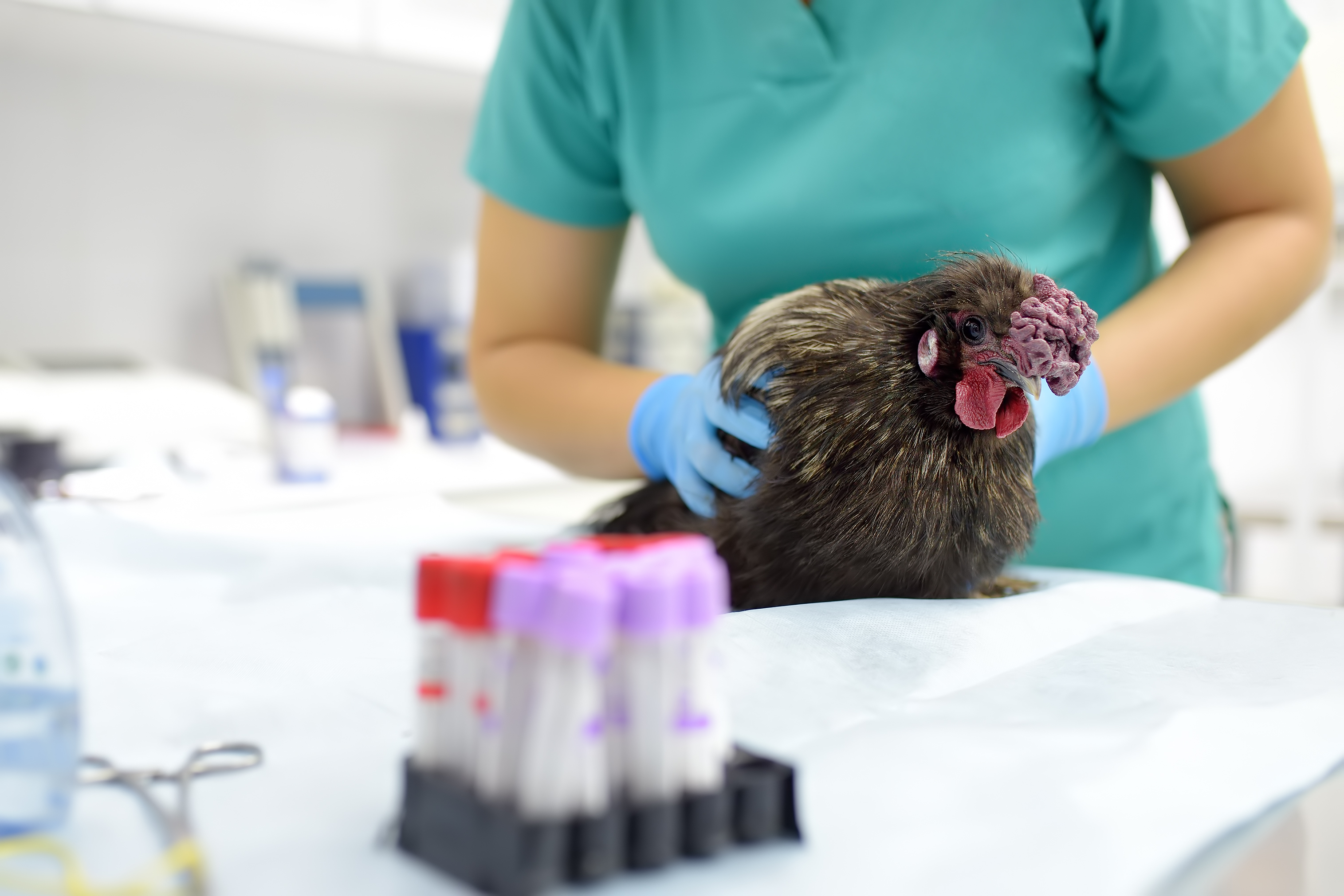Why H5N1 Looms as the Invisible Threat Shaping Our World Today
First identified in humans in 1997, the H5N1 virus—commonly known as bird flu—has haunted the edges of global health for decades. While it primarily circulates in birds, its occasional leap into humans has triggered alarm due to its high fatality rate and pandemic potential. What began as an isolated zoonotic event has since become a complex, recurring threat—spanning continents, species, and systems. With rising cases in mammals and an unpredictable mutation profile, H5N1 is no longer just a veterinary concern—it’s a multi-dimensional crisis-in-waiting. That’s why we’ve expanded our guide to 15 Complexities of the H5N1 Virus—a closer look at the biological, ecological, and geopolitical ripple effects behind the headlines. Because understanding H5N1 isn’t just about tracking a virus—it’s about grasping the fragile web of human, animal, and environmental health it threatens to unravel. The complexity is the warning. Let’s pay attention.
1. The Biological Characteristics of H5N1

H5N1 is a subtype of the influenza A virus, characterized by its high pathogenicity in birds. This virus possesses a unique set of genetic features that enable it to evade the immune systems of its hosts, making it particularly lethal. The hemagglutinin (HA) protein on the surface of the virus plays a crucial role in its ability to bind to host cells, facilitating infection. Mutations in the HA protein can alter the virus's host range and transmission efficiency, raising concerns about its potential to adapt to human hosts. Understanding these biological characteristics is essential for developing effective vaccines and antiviral treatments. The virus's ability to undergo genetic reassortment further complicates efforts to control its spread. Reassortment occurs when two different influenza viruses infect the same cell and exchange genetic material, potentially creating a new strain with pandemic potential. This process is facilitated by the segmented nature of the influenza virus genome, which consists of eight separate RNA segments. The possibility of H5N1 acquiring genes from human influenza viruses, thereby gaining the ability to transmit efficiently between humans, underscores the urgency of monitoring and controlling this virus in both avian and human populations.
2. Transmission Dynamics: From Birds to Humans

H5N1 primarily circulates in bird populations, particularly in domestic poultry. The virus is highly contagious among birds, and outbreaks can result in significant economic losses due to the culling of infected flocks. Transmission to humans typically occurs through direct contact with infected birds or their secretions, such as saliva, mucus, or feces. The virus can also survive in the environment for extended periods, increasing the risk of exposure for individuals working in poultry farming or live bird markets. Despite these transmission routes, human infections remain relatively rare, suggesting that the virus has not yet adapted for efficient human-to-human transmission. The limited human-to-human transmission observed thus far is a double-edged sword. On one hand, it has prevented widespread outbreaks akin to those seen with other influenza viruses, such as H1N1. On the other hand, the virus's potential to mutate and acquire the ability to spread easily among humans remains a significant concern. Vigilant surveillance and research are essential to detect any changes in the virus's transmission dynamics, enabling timely interventions to prevent a potential pandemic. Understanding these dynamics also informs public health strategies aimed at reducing the risk of zoonotic transmission and protecting vulnerable populations.
